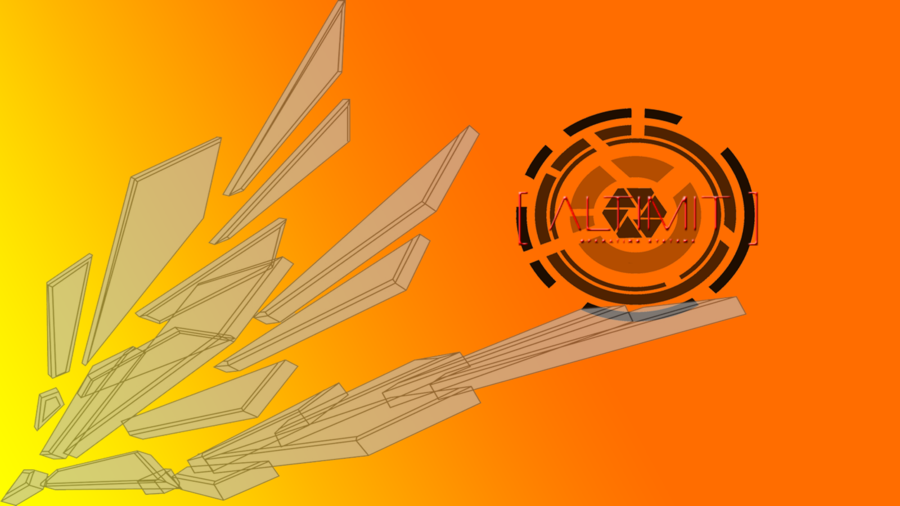
Some players will undoubtedly want to rush through the game just to see the cutscenes, but, almost mockingly, it won't let them. As such, the fact that there's a good chance you'll be stuck with a lengthy key hunt before each of the story-specific sequences can make Quarantine pretty maddening at times. Let's be honest: No one's interested in Quarantine for the gameplay, because if that were the case, they could just continue to play one of the other three games in the series. Furthermore, the story-specific areas you'll need to go to will often require a large number of "virus cores," which are basically the keys you get either from specific events, occasionally from dungeons, or mostly as a random bonus for using Kite's "data drain" move on a weakened foe. Only now, the monsters hit you harder and take more hits to kill, and the bland, repetitive dungeons are sometimes even longer. This means, from a third-person perspective, you'll be controlling our hero Kite, who'll run around randomly generated fields and dungeons filled with monsters with up to two of his friends in tow. For one thing, you'll once again be playing more or less the same highly repetitive game. In many ways, Quarantine is the most frustrating game in the series.
#DOT HACK INFECTION PS2 GOOD WEAPONS EARLY SERIES#
For what it's worth, Quarantine does wrap up the storyline, but those who couldn't bring themselves to stick with the series really won't be missing out on much. The action of this series wore thin even by the end of the first game, so only hardcore fans are going to bother slogging through the same highly repetitive gameplay (let alone paying for it) for the fourth time. At any rate, the fourth and supposedly final game in this series, dubbed Quarantine, is predictably similar to its predecessors, meaning it's virtually identical in gameplay terms and has all the same shortcomings and recycles all the same graphics and sound as its predecessors. Why not just make one great game rather than four diluted ones? The answer is, presumably, to make more money. The first game, Infection, was fairly good, but the second was overly similar to the first, and indeed, so was the third. However, the concept turned out to be a lot better than the episodic game releases. If you're expecting more of the same from the fourth.

hack as something deserving of an anime fan's attention. Character design work from Evangelion's Yoshiyuki Sadamoto and a storyline by Ghost in the Shell's Kazunori Ito further solidified. This new franchise featured an innovative concept-the action takes place inside a futuristic massively multiplayer online role-playing game, kind of like EverQuest. hack ("dot hack"), which was simultaneously developed for television-viewing audiences, comic book fans, and gamers. Early last year, Bandai attempted something similarly large-scale with.

#DOT HACK INFECTION PS2 GOOD WEAPONS EARLY TV#
Look no further than the tremendous success of Pokémon, and the episodic TV shows, movies, and games based on the concept, for the perfect example of this.

To make a successful anime franchise these days, merchandising and diversification is the key.


 0 kommentar(er)
0 kommentar(er)
